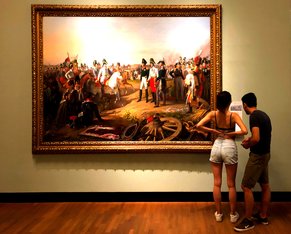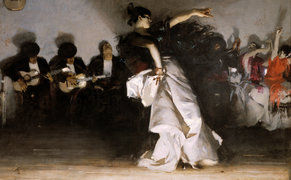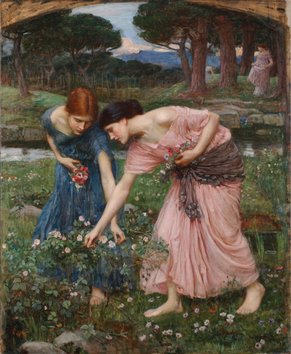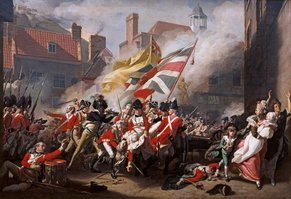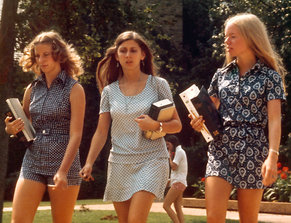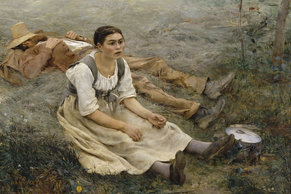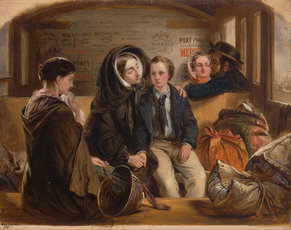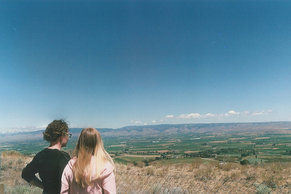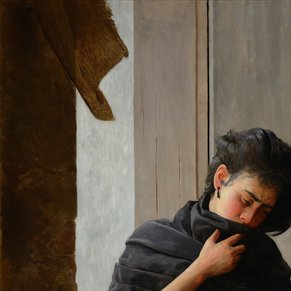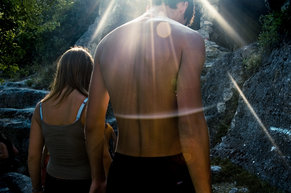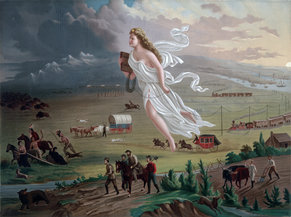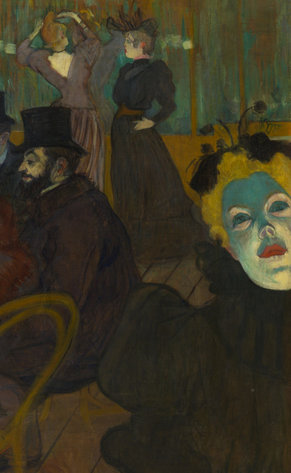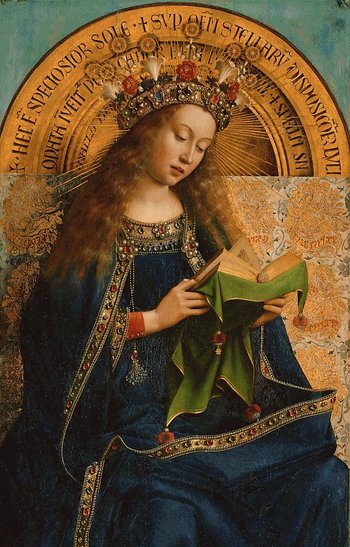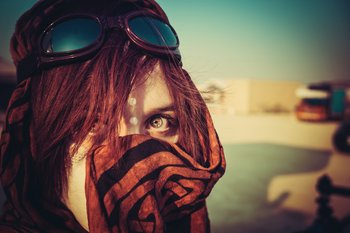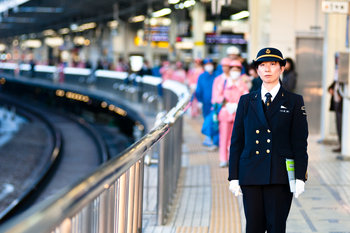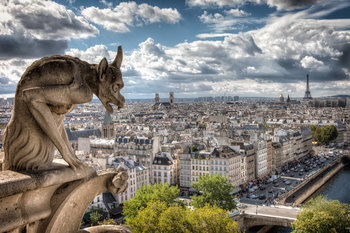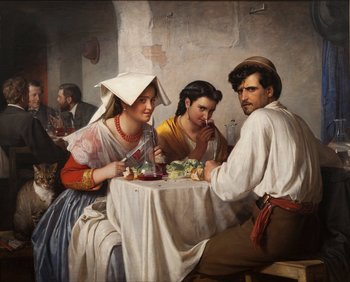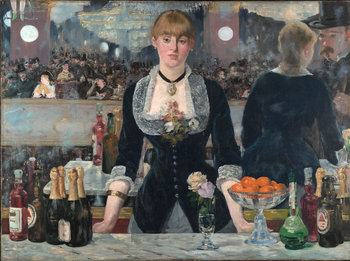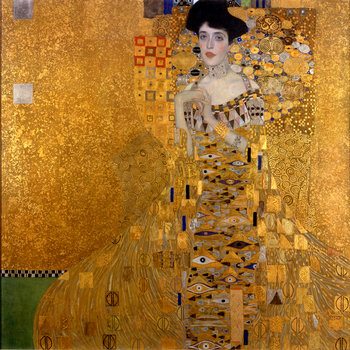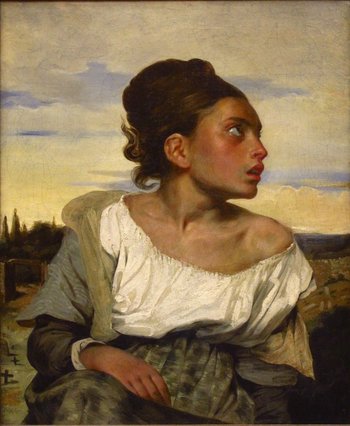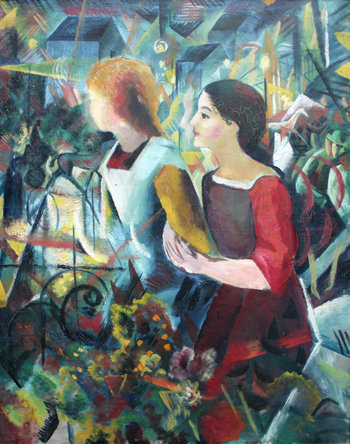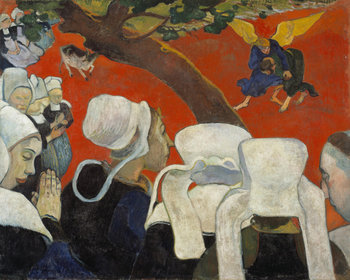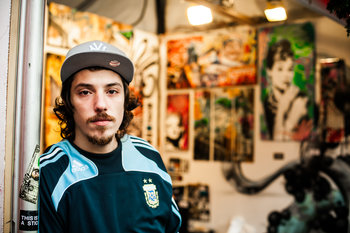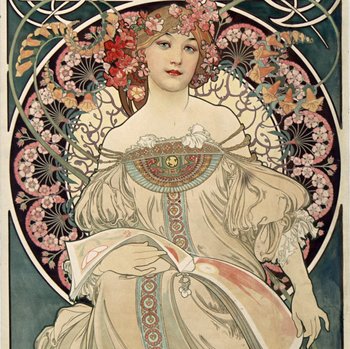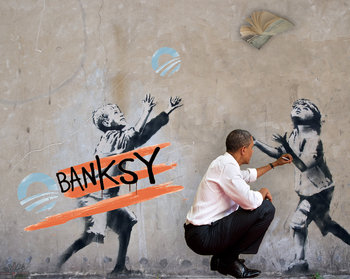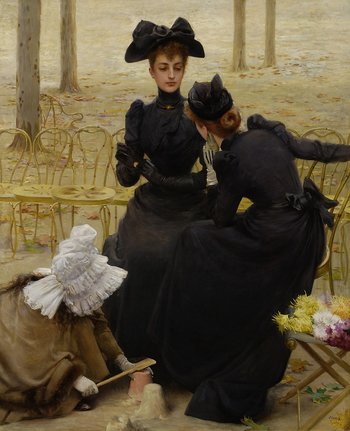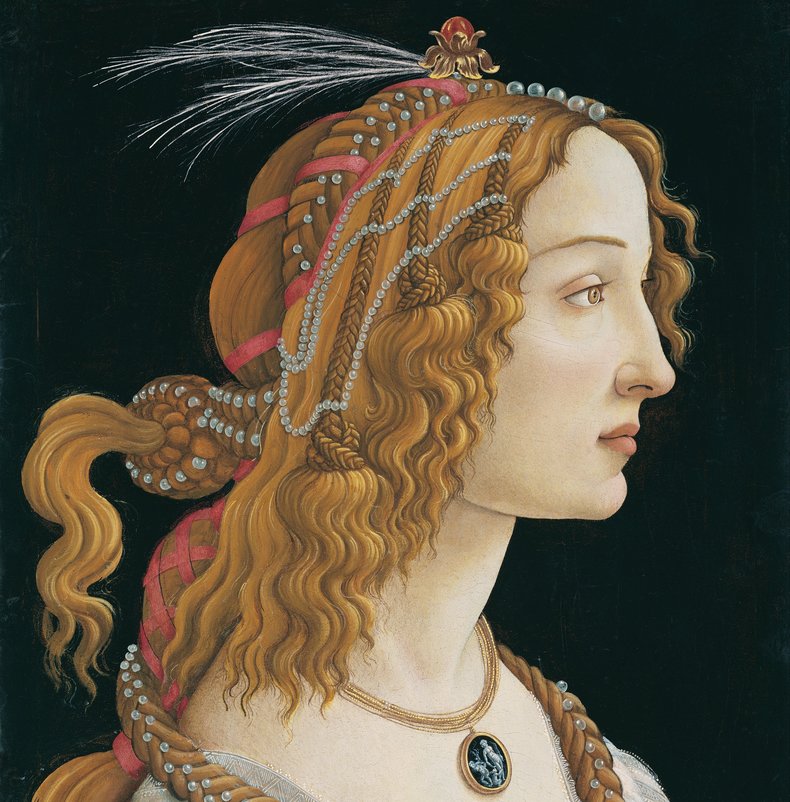
Rebirth
The English word renaissance originates with the Italian word rinascita meaning rebirth. Traditionally, historians view the Roman Empire as a high point of European culture, knowledge and technology. The Middle Ages are portrayed as a long period of stagnation whereby Europe failed to reach its previous heights. In fact, the period from the fall of the Roman Empire in the 5th century to the start of the Renaissance in the 15th century is traditionally called the Dark Ages to highlight this age as a time of intellectual and cultural decline. The Renaissance is traditionally portrayed as a sudden and dramatic rebirth of Western Civilization whereby society, culture, knowledge and technology suddenly and dramatically advance.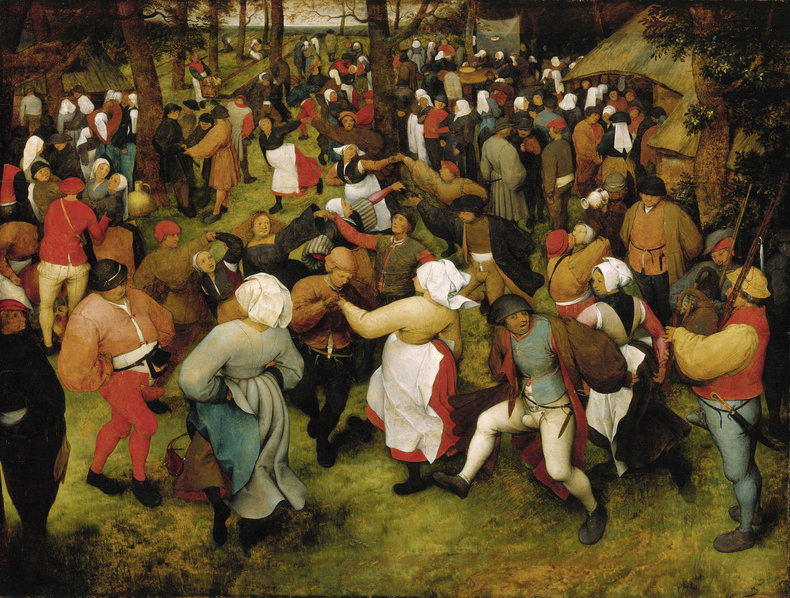
Renaissance Art
If there is any question as to the advancement that occurred in the Renaissance, one only needs to look at art before and after this period to see a remarkable change. Renaissance artists produced painting methods that allowed for remarkable detail and realism. For example, formal methods of linear perspective such that paintings before the Renaissance generally have incorrect perspective and after generally have realistic perspective. Art produced in the Renaissance unquestionably surpasses anything created in the middle ages or antiquity.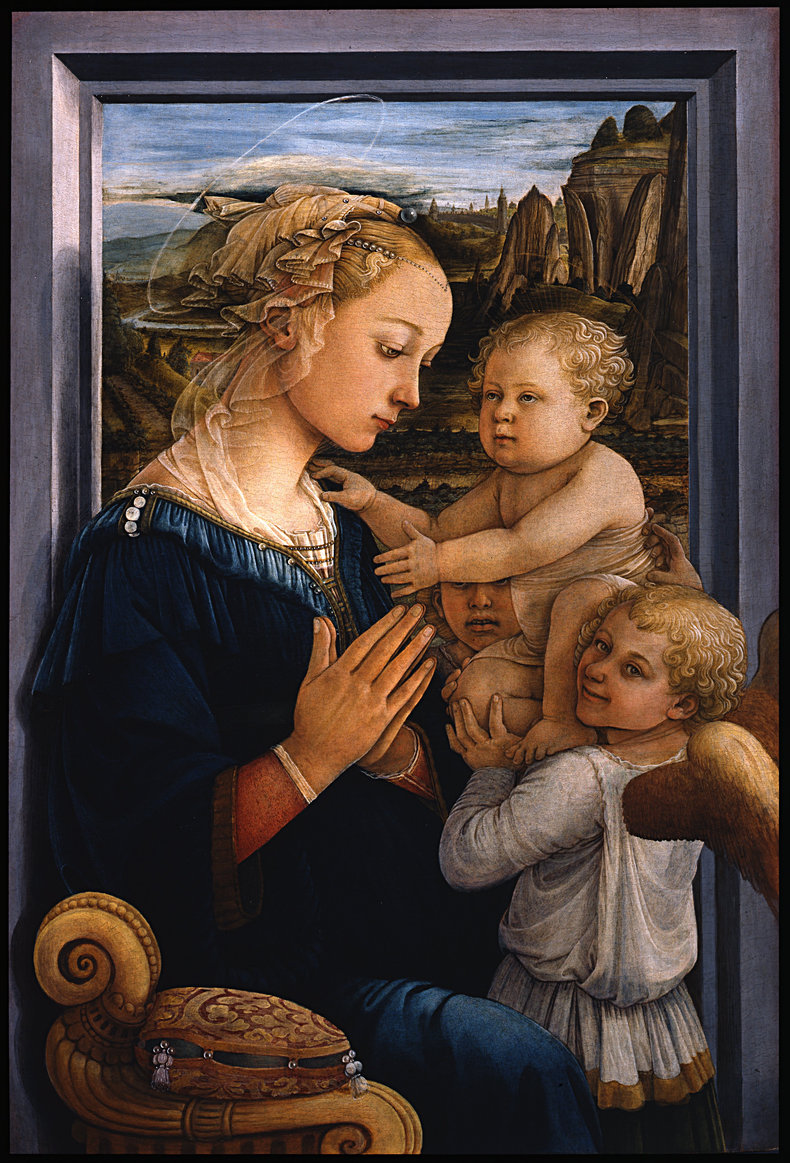
Classism
The Renaissance saw renewed interest in the works and knowledge of Ancient Rome and Greece. This may have been triggered by the Fall of Constantinople in 1453 that caused Greek scholars to migrate to Italy and other places in Europe. There was great interest in Latin in this period and many important works of antiquity that were virtually unknown to the middle ages were once again studied and critiqued.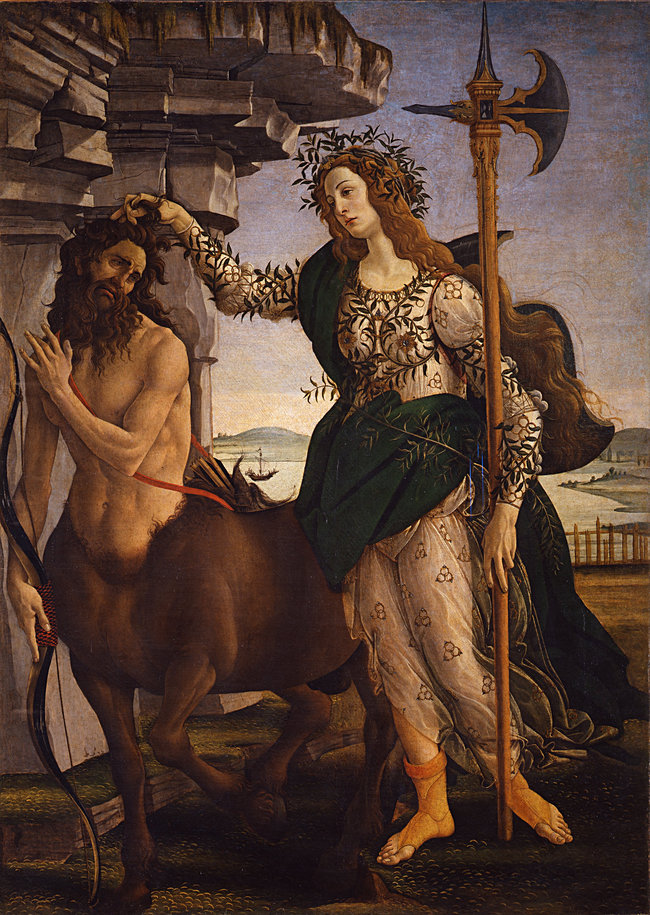
Renaissance Humanism
Enthusiasm for antiquity and study of the classics such as Plato and Socrates lead to a sense that life isn't just a bleak process of waiting for reward in the afterlife but rather that life itself can be rewarding. There was a renewed interest in all things human including art, knowledge and tradition. Libraries opened to the public. Dutch artist Pieter Bruegel began painting the lives of everyday people breaking a thousand year tradition of confining art to religious topics and bland portraits of important people. It also became acceptable to paint the Roman and Greek gods as a form of knowledge that was no longer viewed as having religious connotations.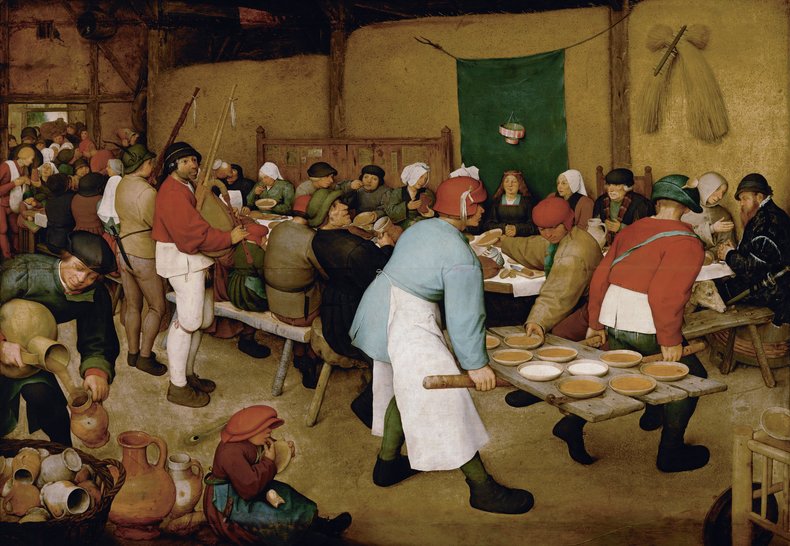
Economic Boom
After the Black Death of the 14th century, the deadliest pandemic recorded in human history, the population of Europe declined. This caused the price of land and food to drop and the price of labor to increase. This appears to have benefited the working class, or peasants, at the expense of land owners. Consumerism increased including the importation of luxuries such as spices obtained through trade. The merchant class thrived and the Catholic Church appears to have been flushed with resources. Florence benefited from this and the rise of the Medici bank that handled the church's finances. Further north, the populations of London and Amsterdam exploded indicating the economic boom was widespread across Europe.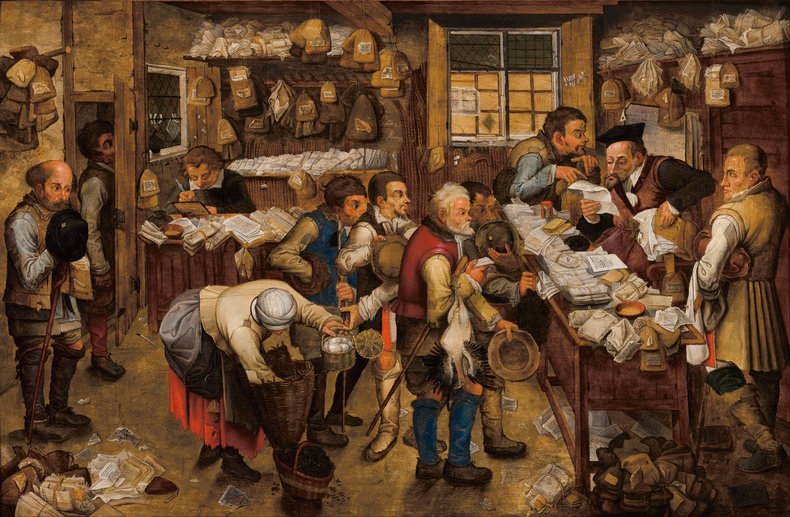
Movable Type
Movable type printing presses were "invented" by German goldsmith Johannes Gutenberg in 1457. This was previously invented in China and Korea. By 1480, there were 50 printing presses in Italy. These could print around 200 pages an hour and greatly increased the production of books and leaflets.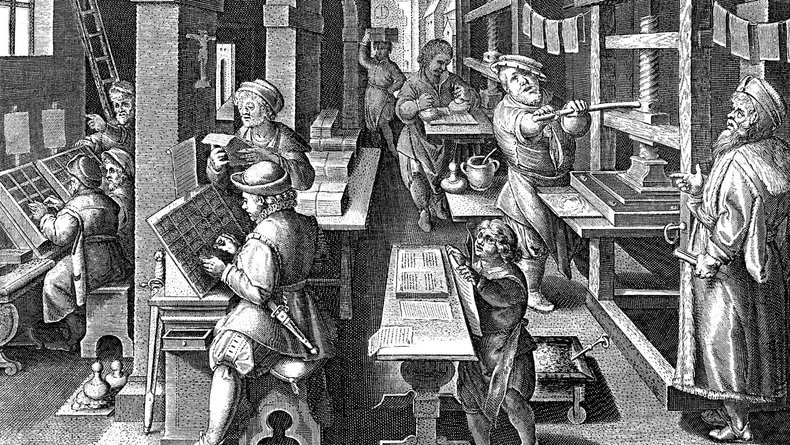
Christianity
After the Black Death, Europeans were quite religious and this continued throughout the Renaissance. The Catholic Church funded great works such as the Sistine Chapel that are viewed as high points in Christian culture. The Protestant Reformation began in 1517 with the publication of the Ninety-five Theses by Martin Luther. The success of the Reformation was largely based on the printing press that allowed information to be widely, quickly and accurately disseminated.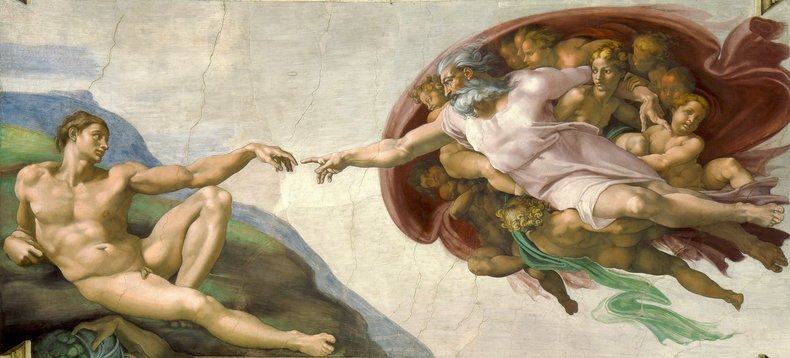
Gunpowder Revolution
Guns and cannons took off in Europe around in the 1320s resulting in dramatic change to military strategy in the Renaissance known as the Military Revolution. The Ottoman Empire produced a very large cannon in 1446 known as the Dardanelles Gun that shot rounds weighing 1,027 kilograms or 2,265 pounds. This could knock down the wall of a castle instantly ending a siege. This made middle age castles rather vulnerable and lead to new fort designs. For example, towards the end of the 16th century, the Republic of Venice developed a star shaped fortress later known as a Bastion fort that were specifically designed to use and defend against cannons. This became a common design on a global basis until the 19th century.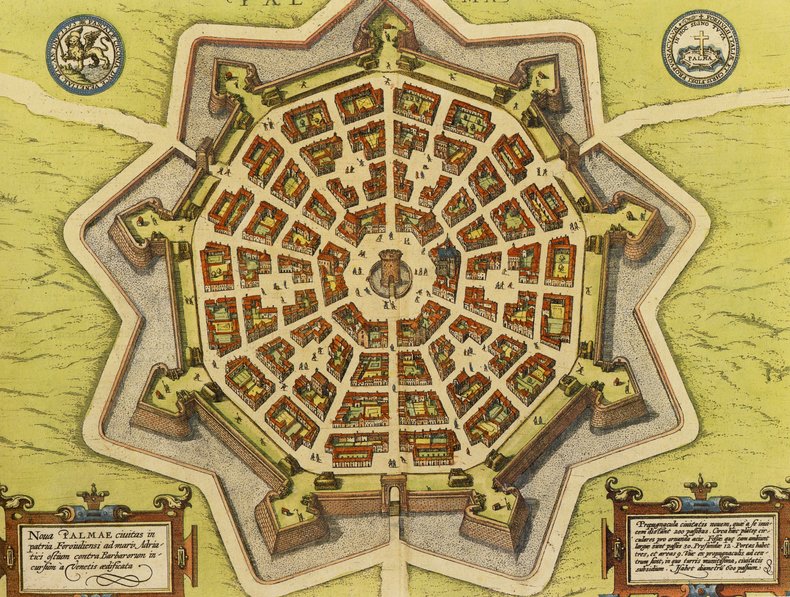
Machiavellian Politics
Europe was still quite fragmented in the Renaissance. For example, Italy wasn't a unified nation but rather a collection of city states. It was by no means a peaceful time as wars raged throughout Europe for much of the Renaissance. However, diplomacy flourished. Niccolò Machiavelli, an Italian Renaissance diplomat, wrote a book called Prince that is viewed as the foundation of modern political science and diplomacy. Machiavelli suggests a broad range of mostly unethical strategies to obtain, extend and maintain power.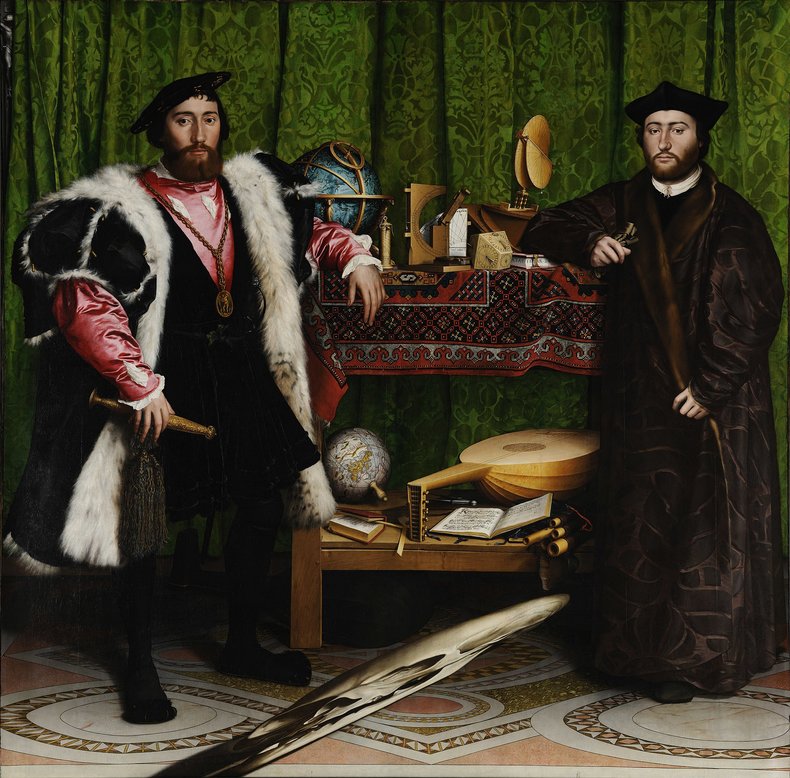
Age of Exploration
Europeans engaged in extensive overseas exploration including the "discovery" and subsequent colonization of the Americas. Nations such as Spain, Portugal, Britain and France founded imperialistic ventures that would later expand to become large far reaching empires that controlled much of the globe.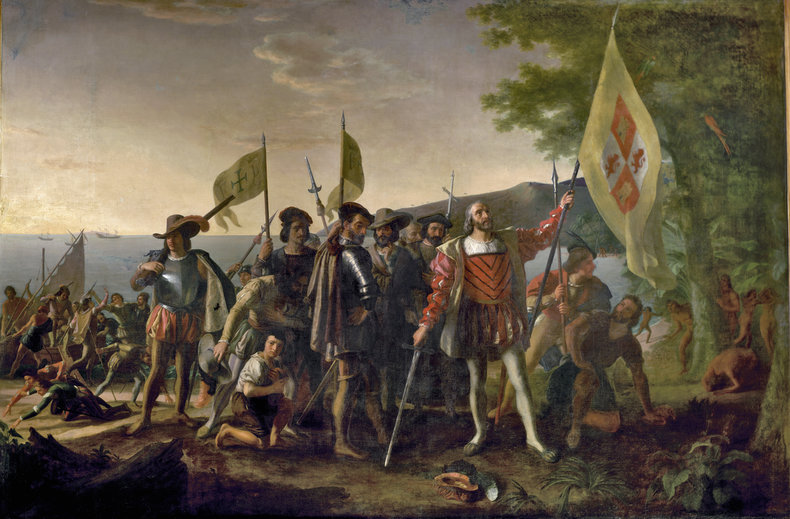
Scientific Renaissance
The Renaissance was a period of inquiry that produced significant advancement in science, engineering, art and humanities. This is viewed as the beginning of the scientific and engineering revolution. Explorers also produced significant knowledge. For example, Portuguese explorer Ferdinand Magellan was the first to circumnavigate the Earth in 1519 to 1522, proving that the world isn't flat.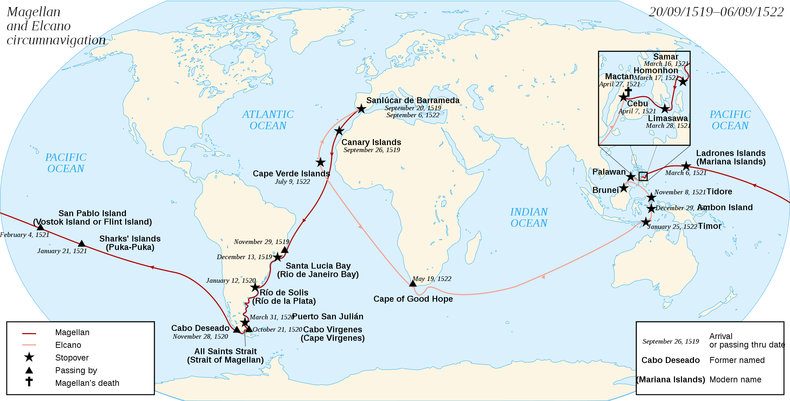
Renaissance Man
A renaissance man, now known by the gender neutral polymath, is an individual who is knowledgeable and talented in multiple subjects such that they can unify ideas from multiple fields to solve intractable problems. This entire concept is largely based on the life of Leonardo da Vinci who is considered a master artist who also made substantial discoveries in anatomy, physiology, engineering, geology, optics and physics. Leonardo embodies the spirit of his age with his humanist art and his lifelong pursuit of knowledge and discovery.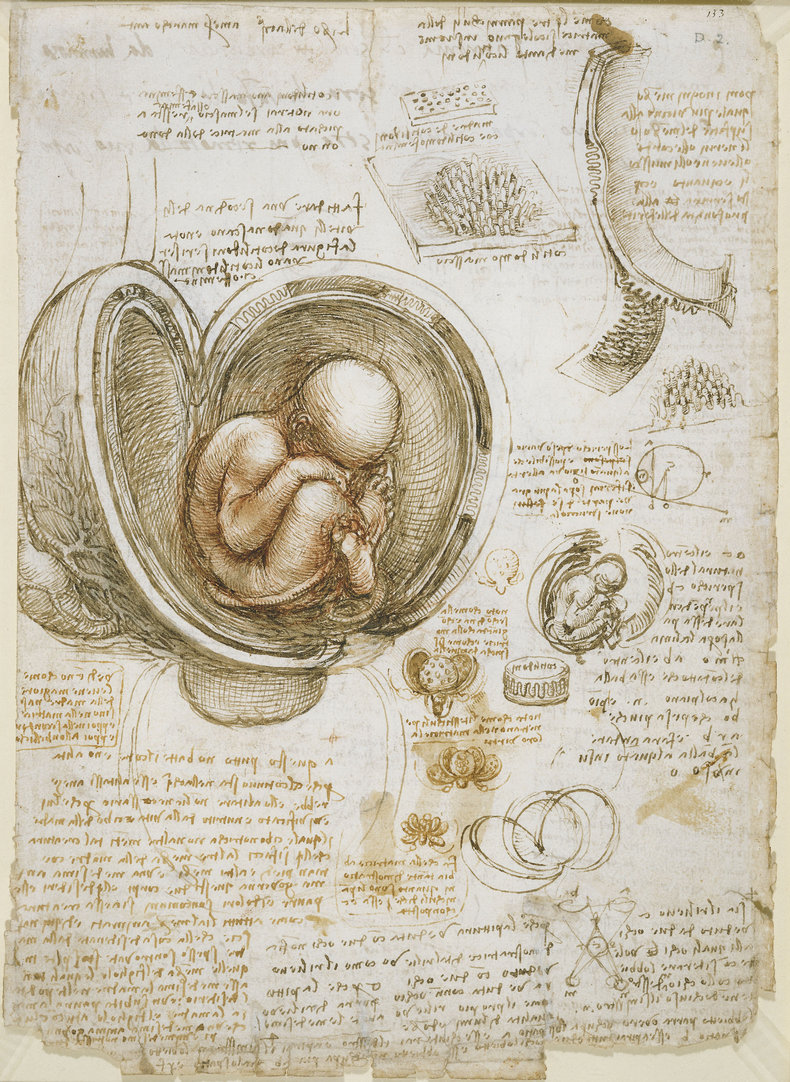
| Overview: Renaissance | ||
Type | ||
Definition | The period of European history from 1400 to 1600 that is viewed as an age of great progress in culture, society and knowledge. | |
Related Concepts | ||

